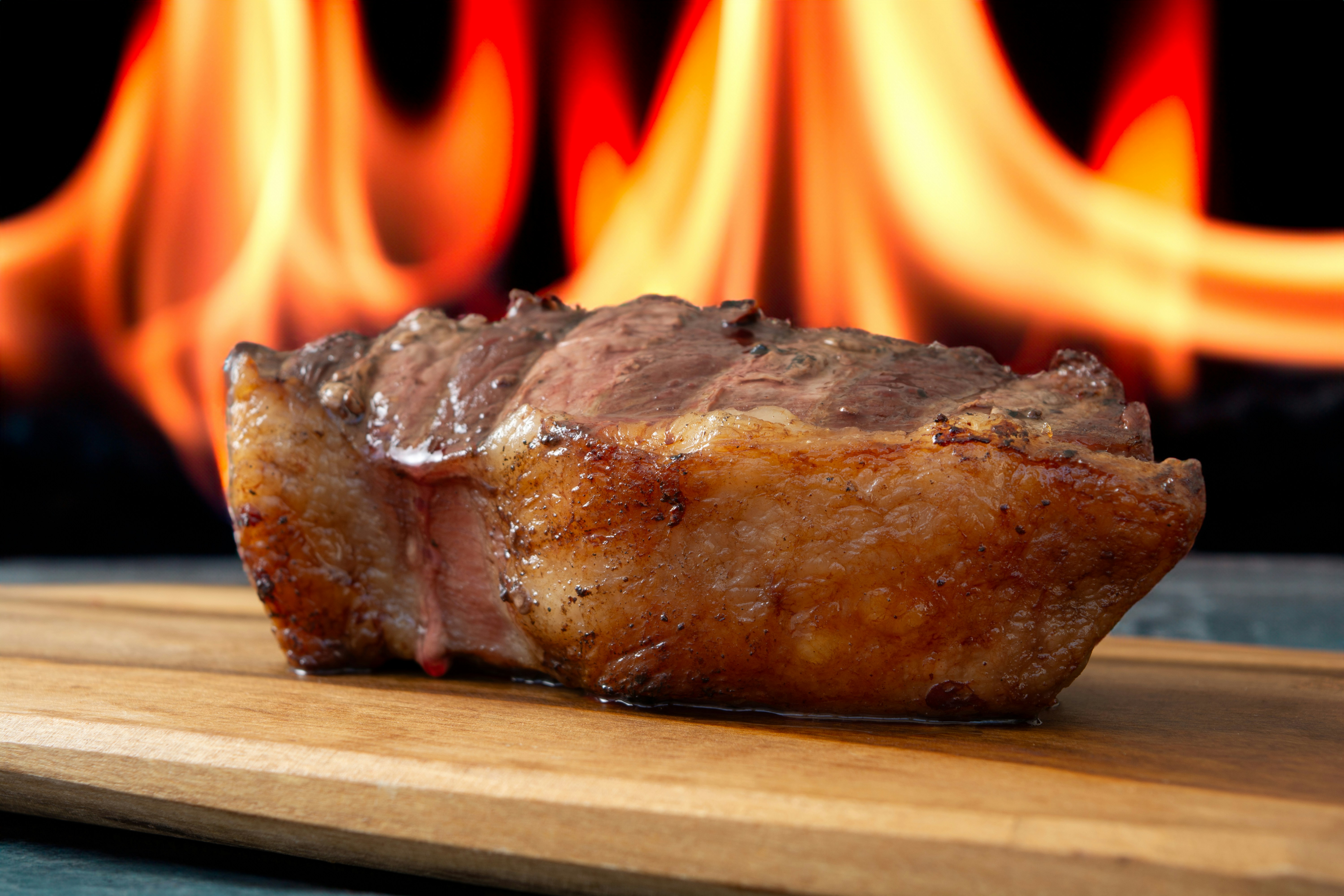Breaking Down the Biomechanics of the Perfect Golf Swing
Golf, a sport steeped in tradition and precision, is a fascinating study of biomechanics. The seemingly simple act of swinging a club to send a tiny ball into a hole hundreds of yards away requires a complex interplay of physical forces, body mechanics, and mental concentration. This article will delve into the science of this captivating sport, analyzing the biomechanics that go into crafting the perfect golf swing, and exploring how professionals and amateurs alike can benefit from understanding and applying these principles.

The Science of the Swing: A Historical Overview
The pursuit of the perfect golf swing is not a new endeavor. From the earliest days of the sport, golfers of all skill levels have sought to refine their swing to achieve better distance, accuracy, and consistency. In the 1930s, American golf instructor Ernest Jones was one of the first to use scientific principles to analyze the golf swing, focusing on the importance of rhythm and timing.
The advent of technology in the later part of the 20th century opened up new avenues for understanding the golf swing. High-speed cameras, 3D motion capture systems, and force plates allowed researchers to study golf swings in unprecedented detail. Today, biomechanical analysis is an integral part of professional golf, with players using these insights to fine-tune their swings and improve performance.
Current Trends in Golf Biomechanics
The use of technology in golf biomechanics has evolved considerably in recent years. Sports scientists are now able to build detailed 3D models of a golfer’s swing, analyzing factors such as body rotation, club head speed, and impact angle.
One trend is the increasing focus on individual biomechanics. Not all golfers have the same physical characteristics or movement patterns, meaning a ‘one-size-fits-all’ approach to the golf swing is not effective. Personalized biomechanical analysis can help golfers understand their own unique swing and how to optimize it.
The Biomechanics of the Swing: Benefits and Challenges
Understanding the biomechanics of the golf swing offers several benefits. For one, it can help golfers improve their performance by identifying areas of weakness or inefficiency in their swing. It can also reduce the risk of injury by highlighting movements that put unnecessary strain on the body.
However, there are also challenges in applying biomechanics to golf. The golf swing is a complex movement involving many different body parts, and understanding how these parts interact can be difficult. Additionally, not all golfers have access to the sophisticated technology required for detailed biomechanical analysis.
Real-World Applications
Despite these challenges, understanding the biomechanics of the golf swing can be beneficial for golfers of all levels. Even without access to advanced technology, golfers can apply basic principles of biomechanics to improve their swing. For example, understanding the importance of maintaining balance and coordinating body movements can help golfers develop a more efficient and effective swing.
The Future of Golf Biomechanics
The field of golf biomechanics is still evolving, with new research and technologies continually enhancing our understanding of the golf swing. In the future, we may see even more personalized approaches to golf training, with biomechanical analysis helping golfers understand their own body movements and how to optimize them for better performance.
In conclusion, the science of the perfect golf swing is a fascinating blend of tradition, technology, and individual physiology. By understanding the biomechanics of the golf swing, golfers can gain new insights into their game, improve performance, and enjoy their time on the course even more.





